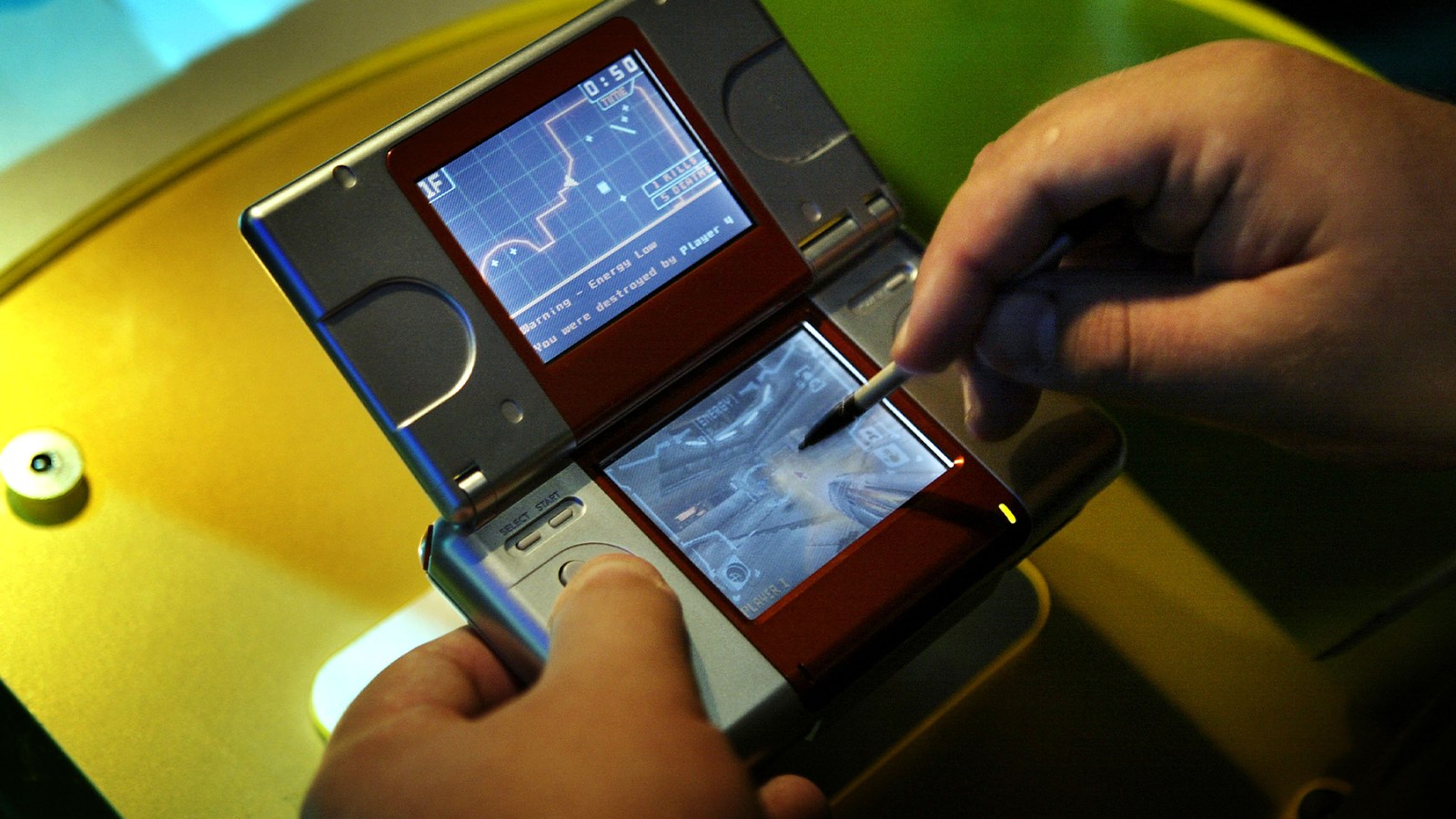Nintendo's dominance in gaming history is undeniable, particularly during a remarkable two-decade period. The NES and Game Boy revitalised home and handheld gaming in the 1980s; the 1990s saw them triumph over Sega in the console wars. However, by the turn of the millennium, Nintendo's momentum faltered, as Sony's PlayStation gained significant market share.
This gap widened with the 2000 release of the PlayStation 2, which quickly became a global phenomenon. Its extensive library, including franchises like *Final Fantasy
and *Grand Theft Auto*, coupled with its affordability as a DVD player, significantly eroded Nintendo's market position. Nintendo's strength had traditionally been its handheld consoles, which outperformed its home consoles. Yet, the looming threat of Sony's PlayStation Portable (PSP), touted as powerful as a PS2 and boasting multimedia capabilities, caused serious concern. Their response? The Nintendo DS, an experimental clamshell console featuring dual screens and a touch pad. The DS was tasked with a monumental challenge: not only reclaiming lost ground to Sony but also establishing itself as a worthy Game Boy successor.
Against all odds, the Nintendo DS became a phenomenal success, becoming the second best-selling console of all time (after the PS2), with over 154 million units sold globally. But what accounted for this triumph?
Launched in North America on 21 November 2004, the DS arrived amidst considerable uncertainty. Within Nintendo, the atmosphere was one of apprehension. Following the underperformance of the Nintendo 64 (1996) and GameCube (2001), another failure could have been catastrophic. This anxiety was encapsulated by then-Chairman Hiroshi Yamauchi's 2003 statement: "If the DS succeeds, we will rise to heaven, but if it fails we will sink to hell."
Keza MacDonald, games editor for *The Guardian*, observed Nintendo's declining fortunes: "By 2004, Nintendo was in third place behind PlayStation and even behind Xbox in most territories, so something needed to change... They could probably have released another conventional Game Boy and it would have sold okay, but it would not have broadened the gaming population the way that the DS and the Wii did."
Satoru Iwata, Nintendo's president from 2002 to 2015, shared a similar perspective. In a 2004 interview, he declared: "Games have come to a dead end... Creating complicated games with advanced graphics used to be the golden principle that led to success, but it is no longer working⦠Nintendo is called âconservativeâ and âquietâ nowadays, so we hope to show our existence as an innovator to new styles of entertainment.â
Sonyâs PSP, meanwhile, impressed with its multimedia capabilities, offering a compelling all-in-one media hub. However, the DS's dual-screen and touch-screen approach initially proved divisive. Many, like Gene Park of *The Washington Post*, found the design unconventional and unappealing.
The DS also marked a significant departure from Nintendo's most recognisable brand: Game Boy. MacDonald highlights the boldness of abandoning this iconic name, describing it as a "huge gamble." While a Nintendo spokesperson claimed they were still developing a Game Boy Advance successor, the DSâs backward compatibility with the GBA suggested otherwise. This could have been a strategic contingency plan.
The original DSâs design was initially criticised for its cheap appearance. The 2006 DS Lite, however, addressed these shortcomings with a sleeker, more stylish redesign. Jon Cartwright, a gaming YouTuber, notes its impact: "They got some celebrities to model the DS and it felt trendy... in a way that no other game console ever did."
The DS's success stemmed from its innovative design, including the dual screens, which enabled novel gameplay mechanics, its early adoption of touchscreen technology, and its Wi-Fi capabilities, which fostered social interaction through apps like *Pictochat*. The DS's success was also fueled by a diverse range of titles, including *Super Mario 64 DS*, a remake of a classic, and the unexpected phenomenon *Dr. Kawashima's Brain Training*, which broadened the appeal of the console far beyond its traditional gaming audience. The DS's success also included *Animal Crossing: Wild World*, a game praised for its accessibility and its capacity to engage a broader demographic, including a significant female player base.
The Nintendo DS's impact was profound, transforming the gaming landscape and establishing Nintendo as a pioneer in casual gaming. While replicating its success in today's market may prove challenging, its legacy as a groundbreaking console remains secure.

